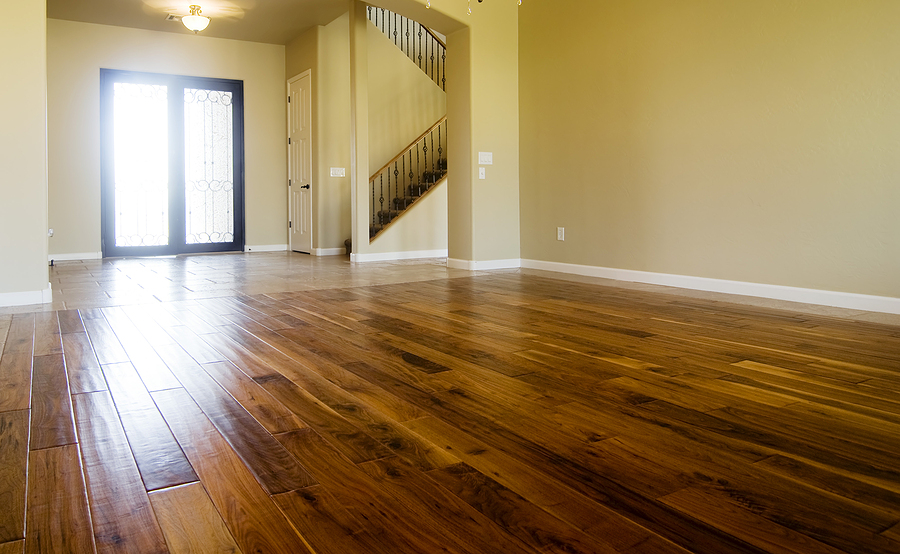What can local residents do to source top quality hardwood timber floor designs to add value to their home? With so many outlets selling materials in this industry, it is clear to see why certain customers struggle to pinpoint where the best collections are located. Thankfully there are particular strategies that can be applied in this setting to pick out the best models available.
1) Selecting the Right Supplier & Installation Team
Domestic timber floor customers are strongly encouraged to take their time finding the right material provider. Every outlet will be ranked and reviewed online, providing pathways for shoppers who want to see what other community members say about their product line and how they compare to other market operators. The same principle applies to builders and carpenters who install these goods, assessing how they stack up through digital channels and what their word-of-mouth reputation happens to be in the neighbourhood.
2) Reviewing Unique Timber Profiles
The fact remains that residents have a world of options when it comes to hardwood timber floor designs. Their colour scheme, pattern, texture, density and durability will all be unique and dependent on where they were sourced and how they were manufactured. Whether they are solid, laminated, floating or overlay formats to European Oak, Chestnut, Jarrah, Bluegum, Blackbutt or Brushbox, there will be particular collections that have to be examined in clear detail before shoppers know what they are dealing with.
3) Assessing Insulation & Acoustics
Acquiring an asset of this profile places an emphasis on homeowners researching the acoustics and insulation properties of the brand. The sound that they can make when stepping on the surface is not always consistent, and the sound that reverberates inside a living room or bedroom space requires consideration. Yet it will be the capacity for the floor design to modulate room temperature and insulate the home that adds a genuine layer of value, something that consumers can review and engage with suppliers directly.
4) Asking for Quotes & Setting Price Limits
Sourcing a product of this nature could become very expensive if households don’t effectively budget for the project. For them to be covered and on safe financial ground, it is imperative that quotes are sourced from suppliers and contractors. Price lists need to be taken into account as individuals find a way to compare and contrast affordability measures across different outlets. Some assets will be deemed cheap while others are at the premium level, so it is worthwhile seeing which end of the spectrum a client is willing to invest in.
5) Sourcing Schedules
How soon can the hardwood timber floor be installed on site? What is the availability of the stock from the business and how soon can contractors be on site measuring lengths and implementing the design in the right location? Households need to acquire coherent schedules in this regard as it gives them time to plan and prepare without encountering unwanted obstacles they have to confront at a later juncture.
6) Reading Warranty
Very few customers want to take the time to read over a warranty. It takes time, it is often packed with ambiguous information. Who has the time? Well it might be important when it comes to a hardwood timber floor because it outlines how willing the supplier is to cover repairs or replacements for the medium to long-term. Affording a few minutes to look over these details is encouraged for homeowners who want to do their due diligence.
